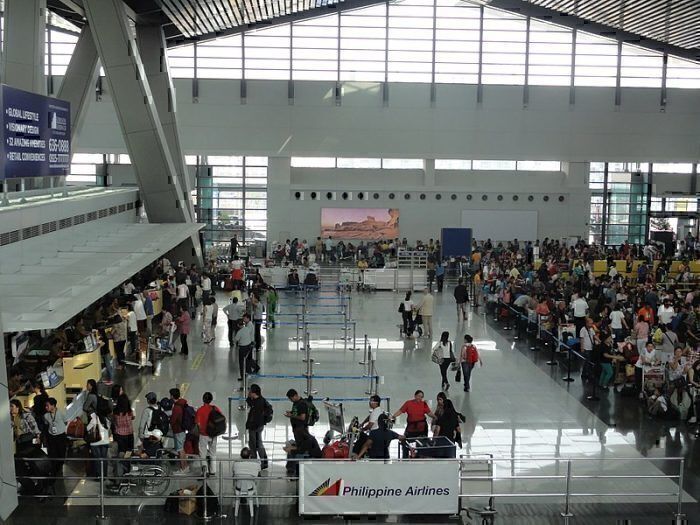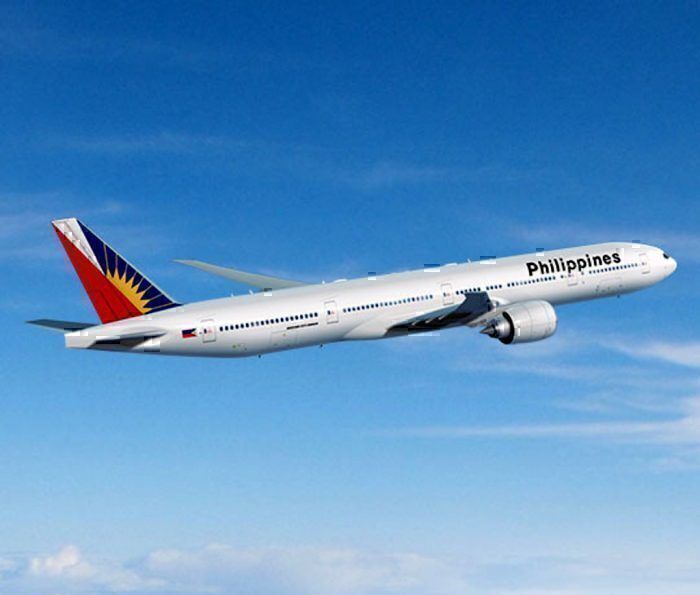Philippine Airlines is further increasing its presence in the United States with extra flights to Los Angeles and new flights to Seattle. Philippine Airlines already flies into Honolulu, San Francisco, Los Angeles, and New York, making Seattle its fifth destination in the USA.
LA linked to Cebu again and new flights to Seattle from Manila
According to a report in Routesonline, Philippine Airlines is set to fly between Cebu and Los Angeles three times a week from 2 May 2020 using Boeing 777-300ER aircraft. The flights will depart from both cities on Tuesdays, Thursdays and Saturdays.
Philippine Airlines did previously fly between Cebu and Los Angeles but discontinued services in May 2017.
Also in May 2020, Philippine Airlines is commencing nonstop flights between Manila and Seattle. These services will operate three times a week from both cities, on Mondays, Wednesdays, and Sundays using A350-900XWB aircraft.
A tale of two aircraft types
If you’ve ever flown into the chaotic Ninoy Aquino International Airport in Manila, you’ll appreciate Cebu as an alternative entry point to the Philippines. The downside is Philippine Airlines is using their older Boeing 777-300ERs on their new route between Los Angeles and Cebu. Philippine Airlines’ Boeing 777-300ER seats 370 passengers, including 328 passengers in economy class in a 3-4-3 layout and 42 passengers in business class in a 2-3-2 layout.
If that sounds all a little bit too squeezy for you and you are up to dealing with Ninoy Aquino Airport, the new A350-900XWB service from Seattle will offer a more salubrious alternative. Philippines Airlines’ A350-900XWB seats 295 passengers, including 241 passengers in economy in a 3-3-3 layout, 24 passengers in premium economy in a 2-4-2 layout, and 30 passengers in business class in a 1-2-1 layout.
Philippine Airlines boosts an already strong presence in the United States
Philippines Airline’s ramp-up of services into the United States in recent years has caught people’s attention. That the airline puts so much time and energy into the market is unsurprising given the historically close ties between the two countries. But US airlines are not entirely delighted at the easy ride Philippine Airlines is getting when it comes to access to the United States.
In contrast, access to Ninoy Aquino International is a constant problem for US airlines. There are acute slot and infrastructure constraints at the airport. In a recent submission to the US Department of Transport, United Airlines said;
“While United has been unable to execute its Manila growth plans, Philippine carriers have increased capacity to the US. Given these facts, United Airlines believes that the slot and airport access challenges it has experienced at Manila must be rectified before the Department approves the APC application [regarding access to Guam]."
Simple Flying was told that while Philippine Airlines was growing a lot when it comes to services into the USA, US carriers, including but not restricted to United Airlines, are being inhibited when it comes to access to Manila. And while Philippine Airlines is operating within the terms of the bilateral air services agreement between the two countries, airlines like United believe Philippine Airlines is contravening the spirit of the agreement when it comes to equity of access.
That said, given no US carriers fly nonstop to Manila from the US mainland, could it be a case of US carriers complaining about an issue that doesn’t exist? It’s akin to a football player crying foul over a game in which he chooses not to play in. Could it be that Philippine Airlines is simply exploiting a market the US carriers are choosing not to directly compete in?
The schedule information in this article was originally published by Routesonline.



